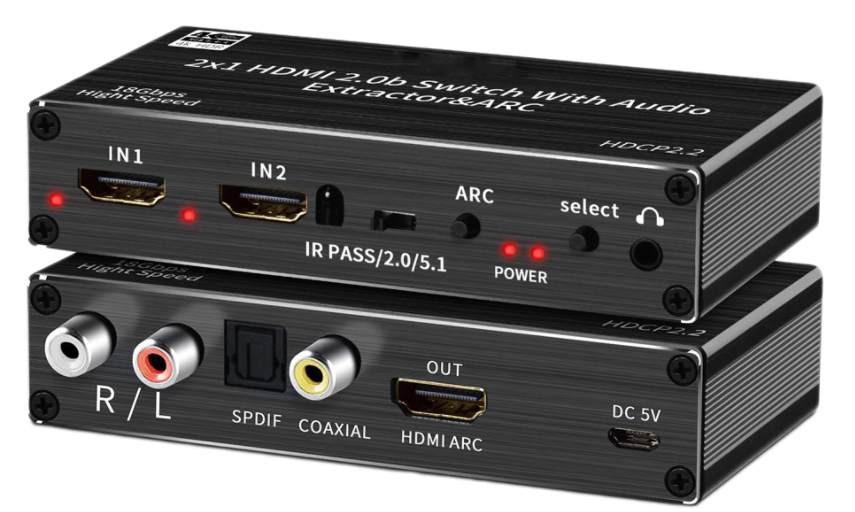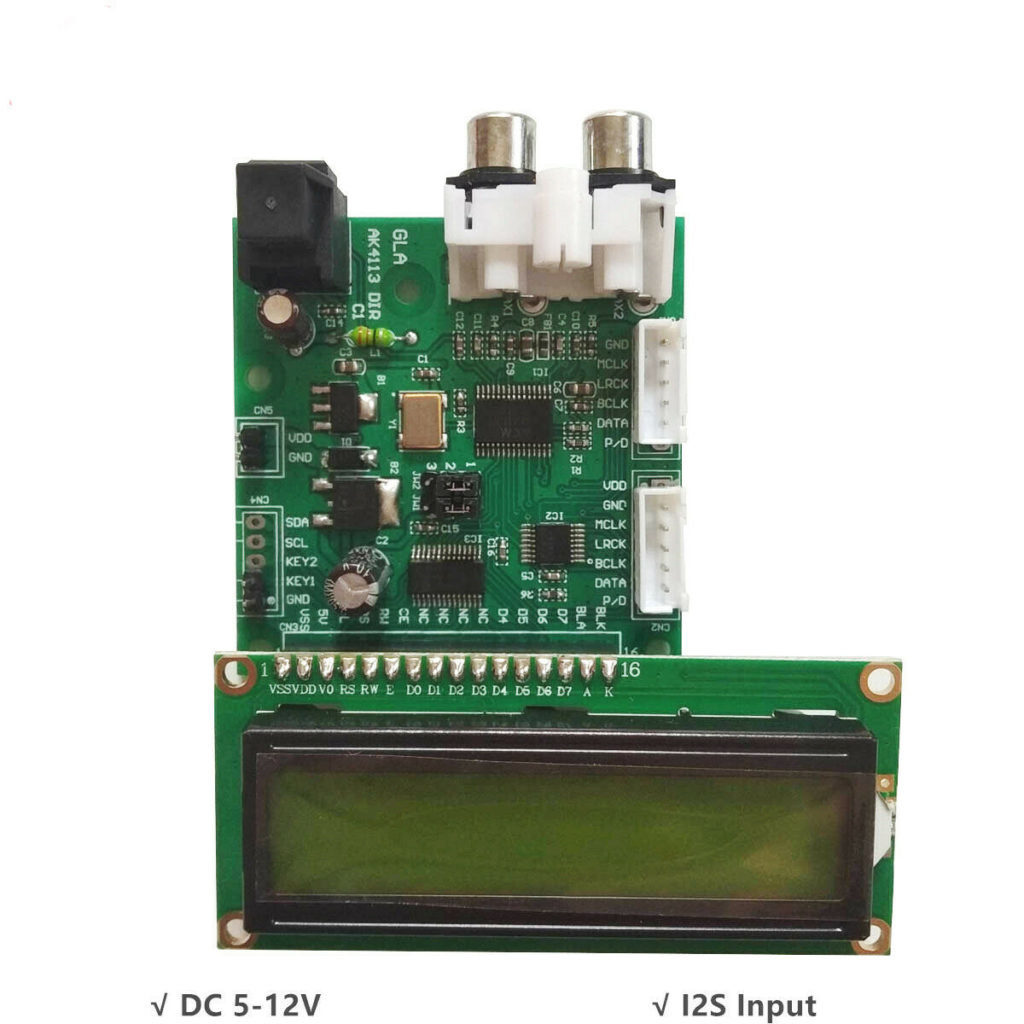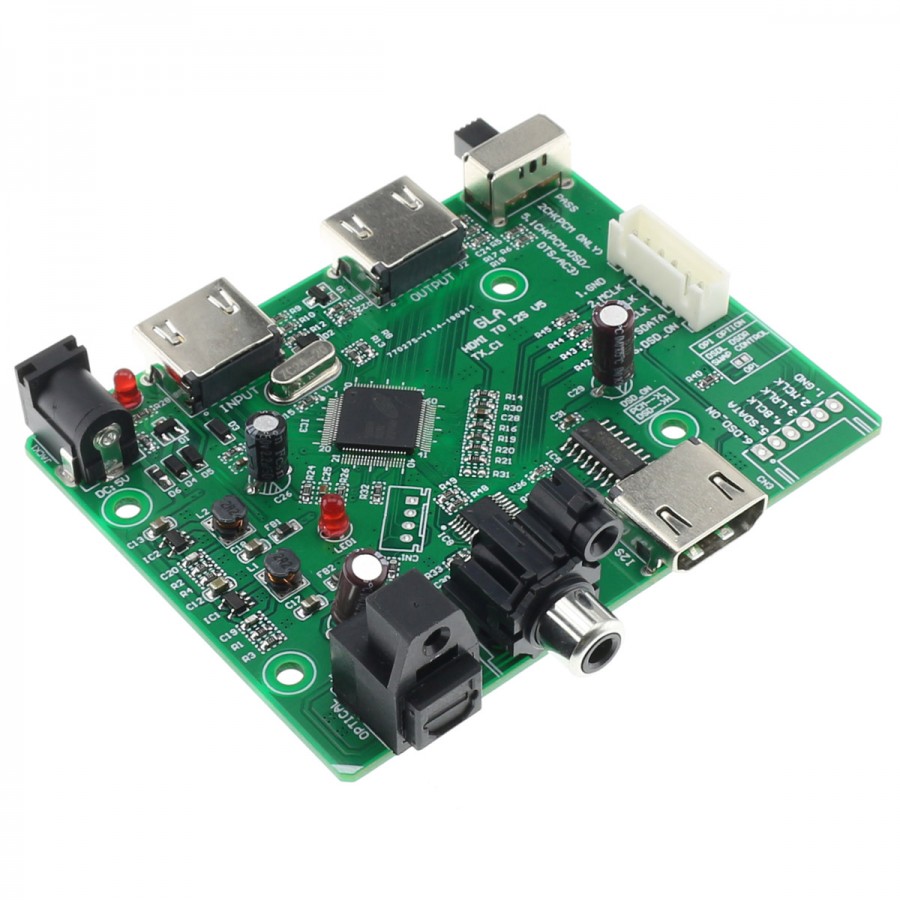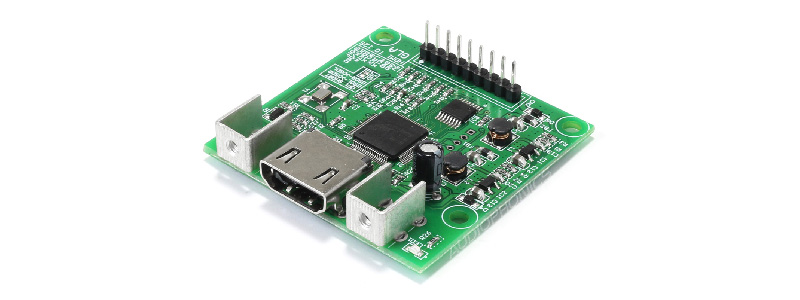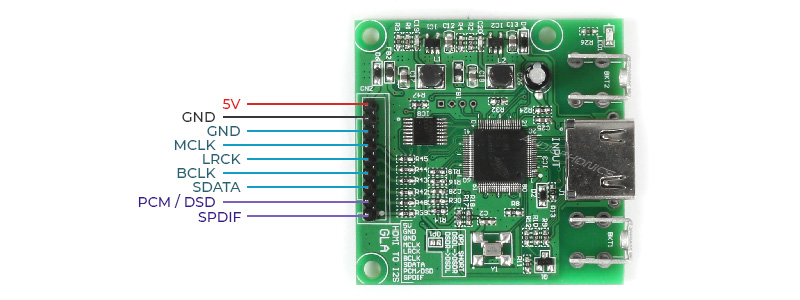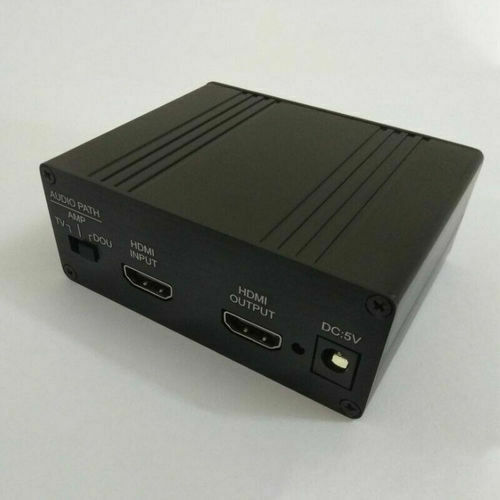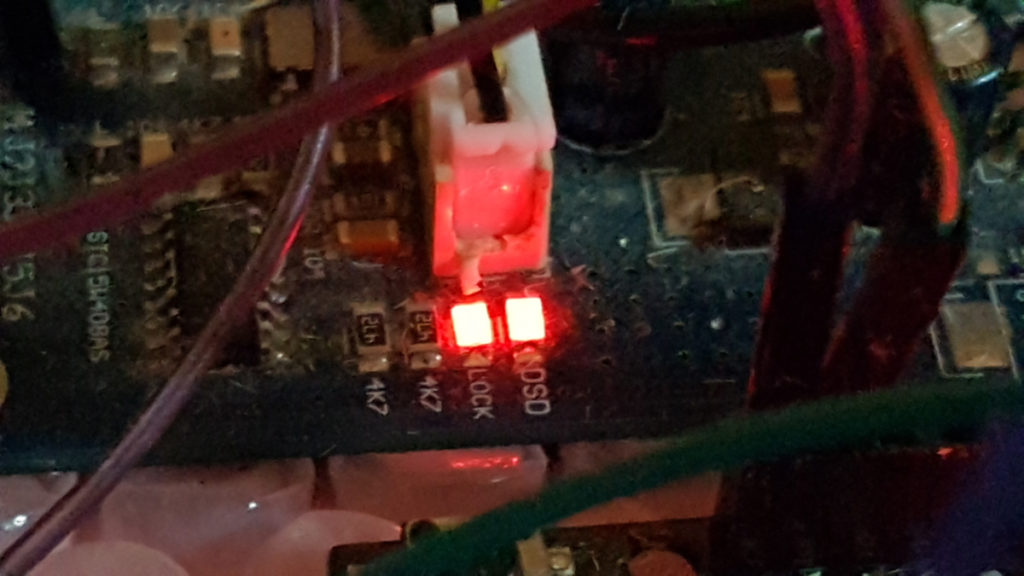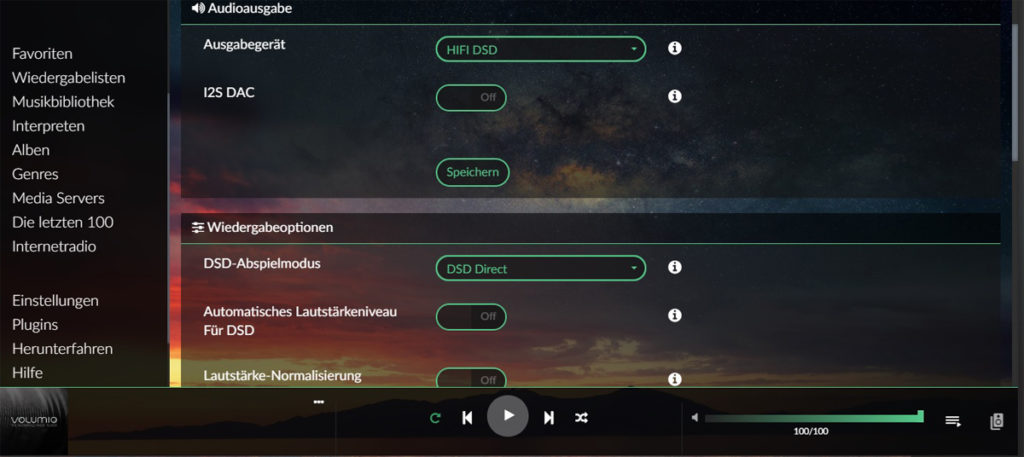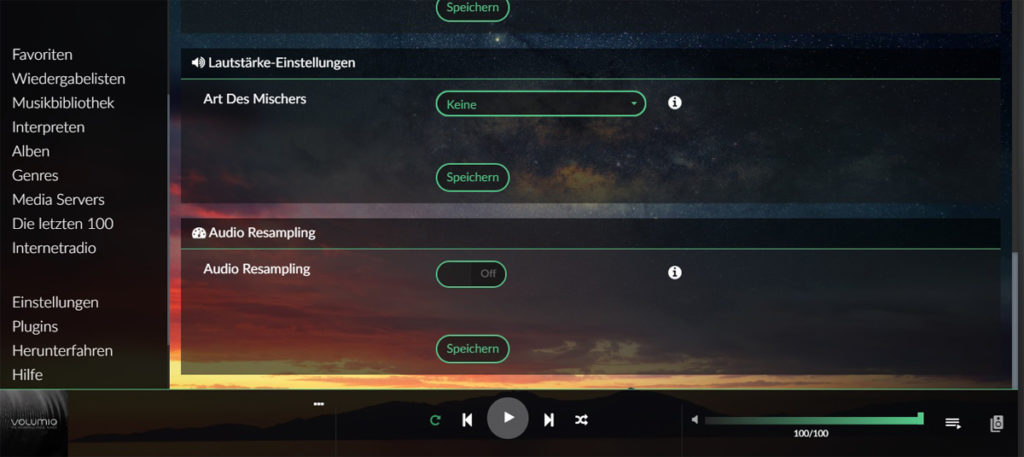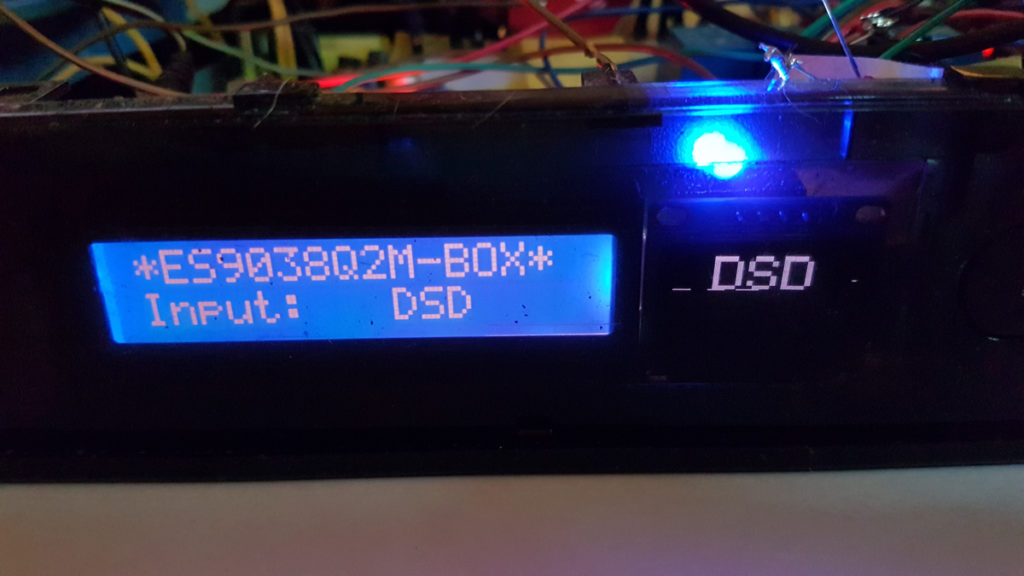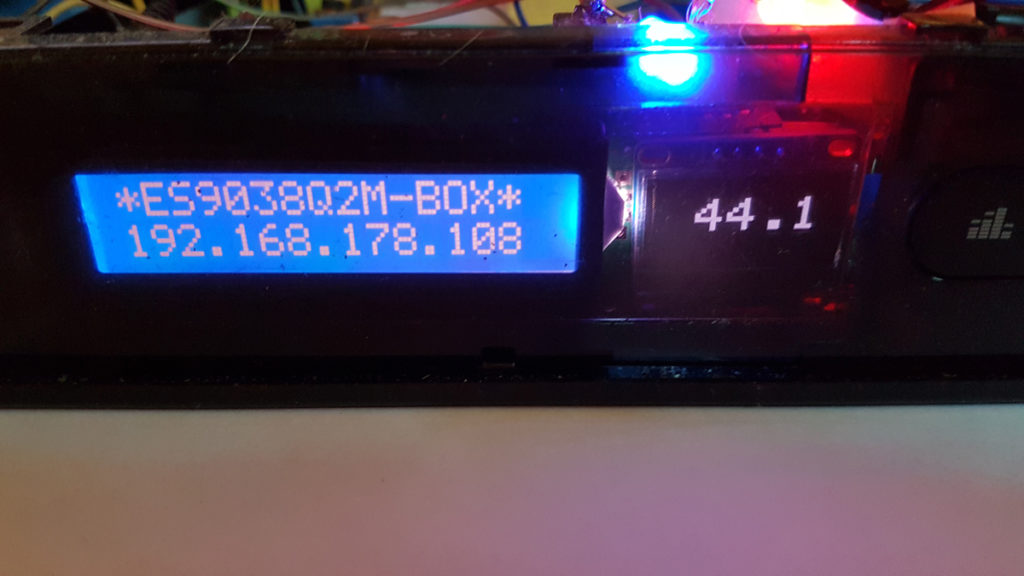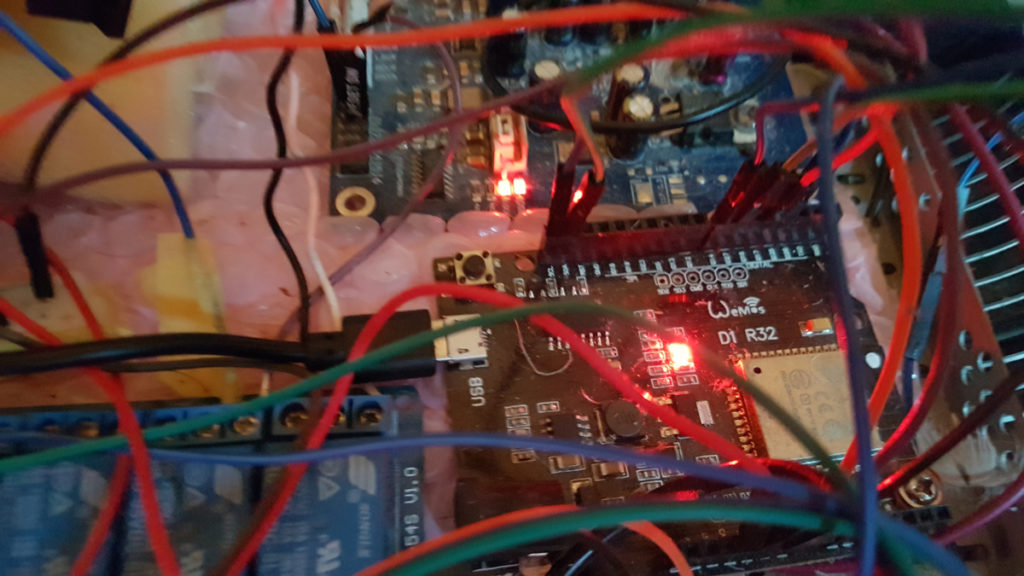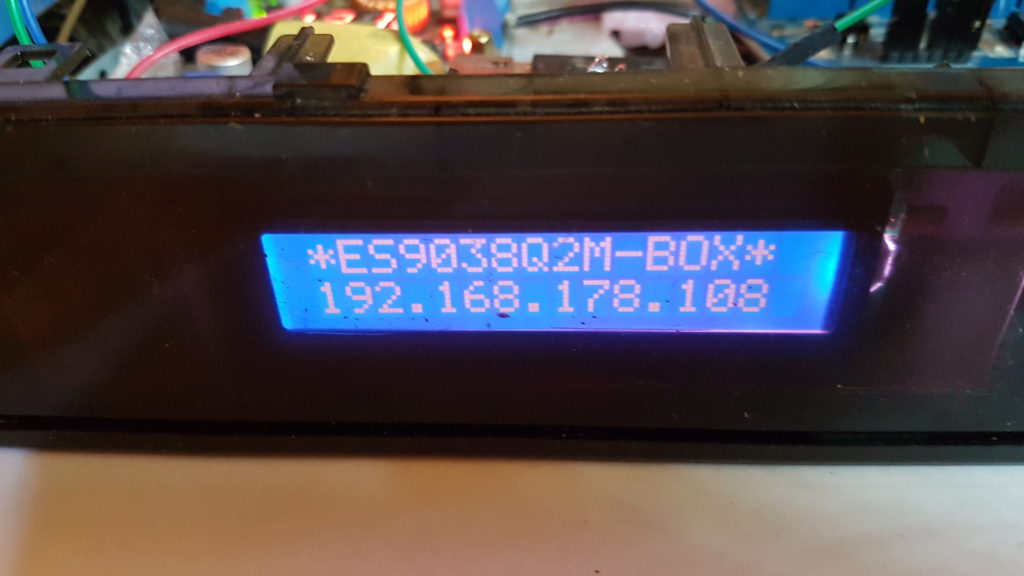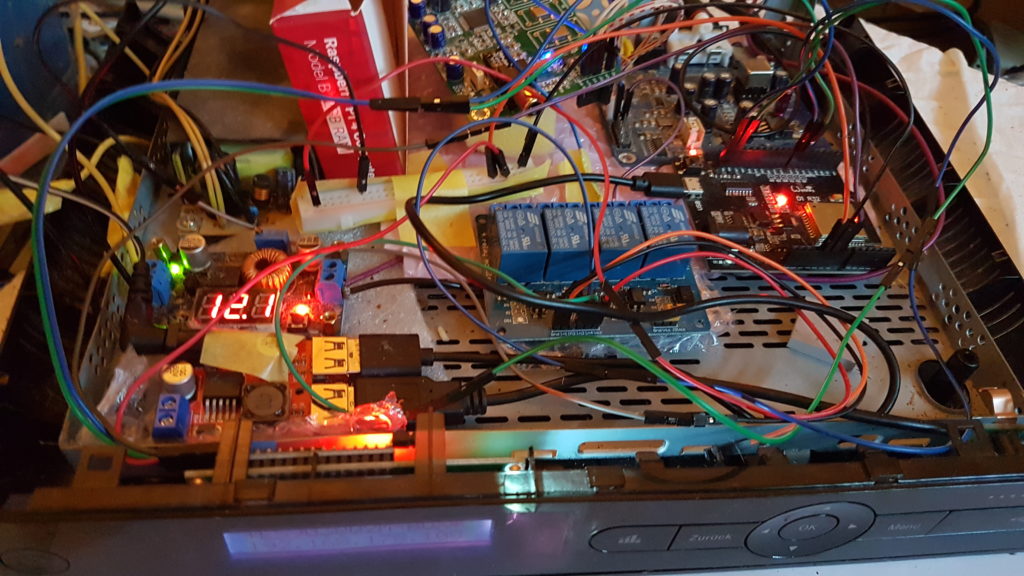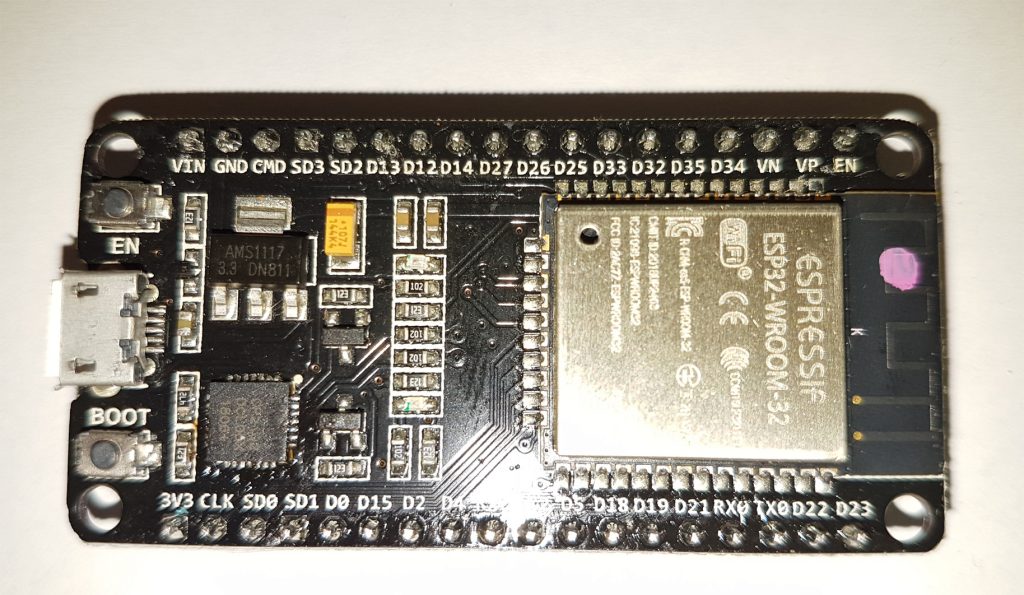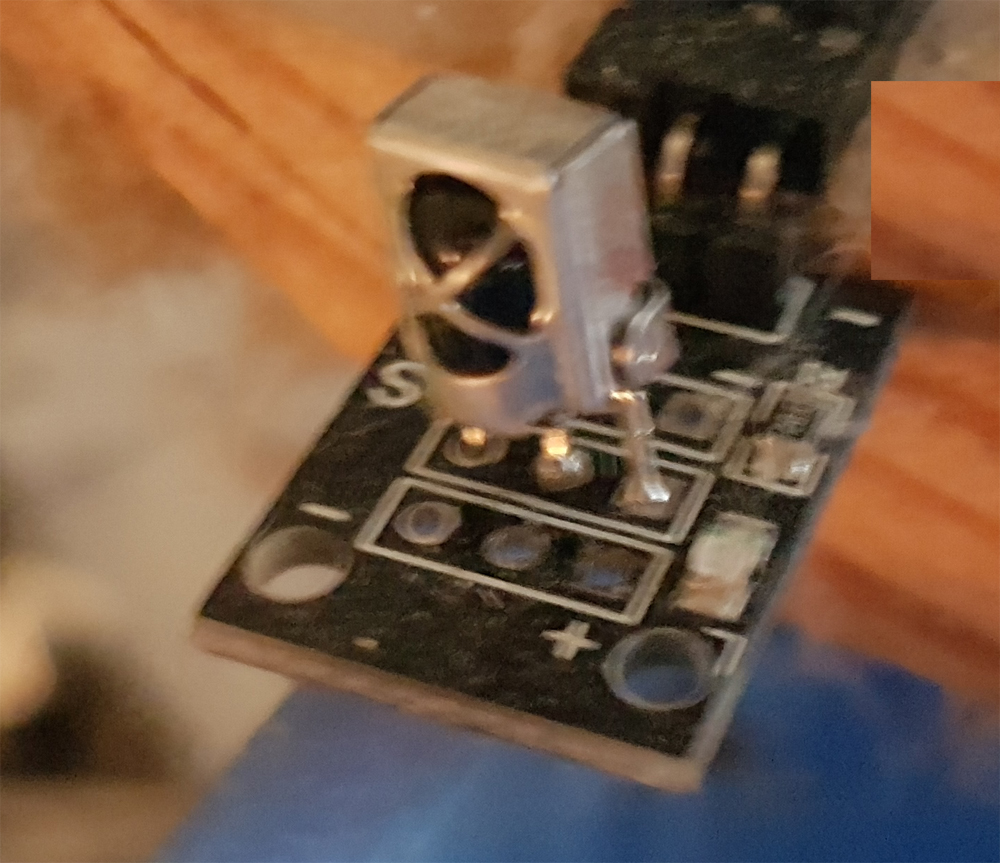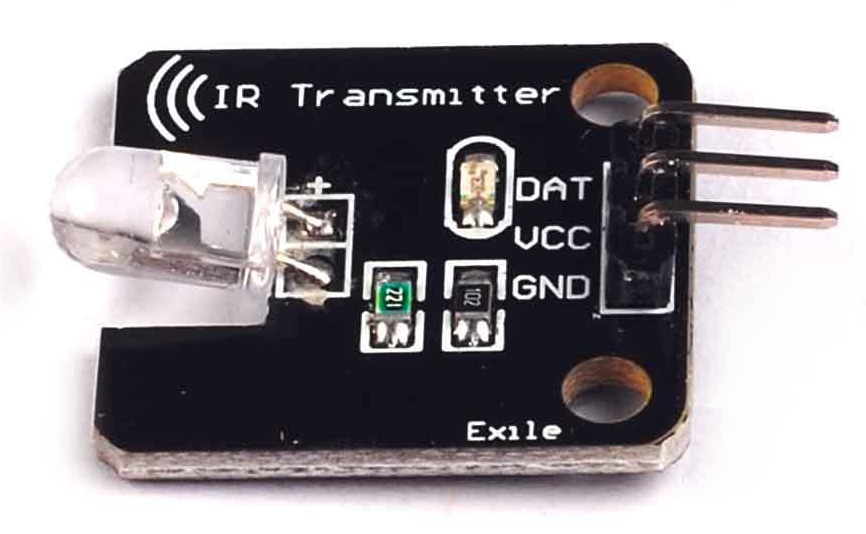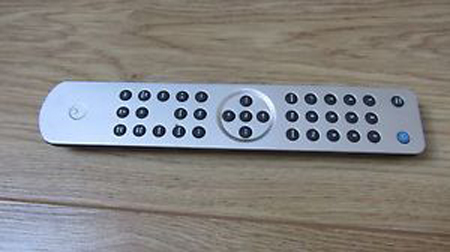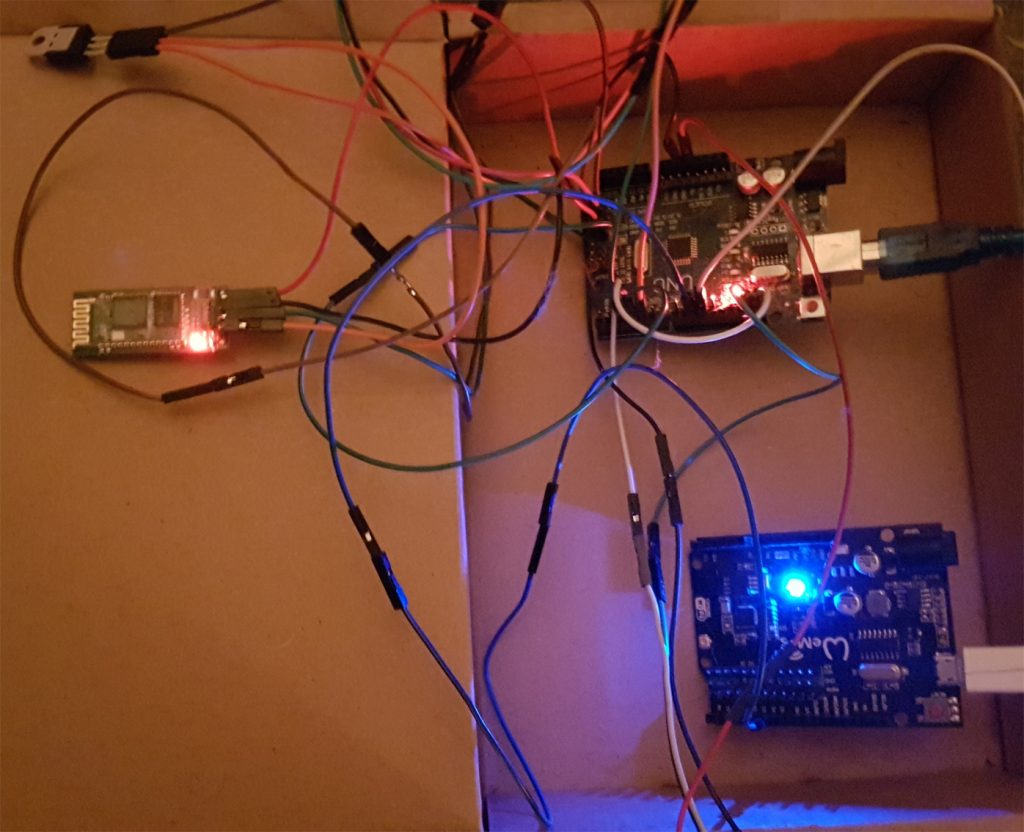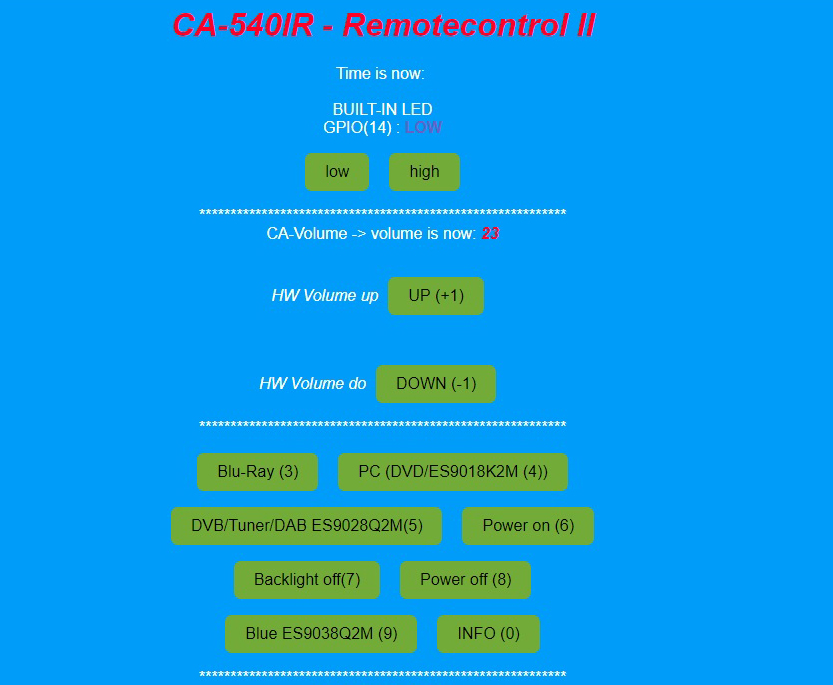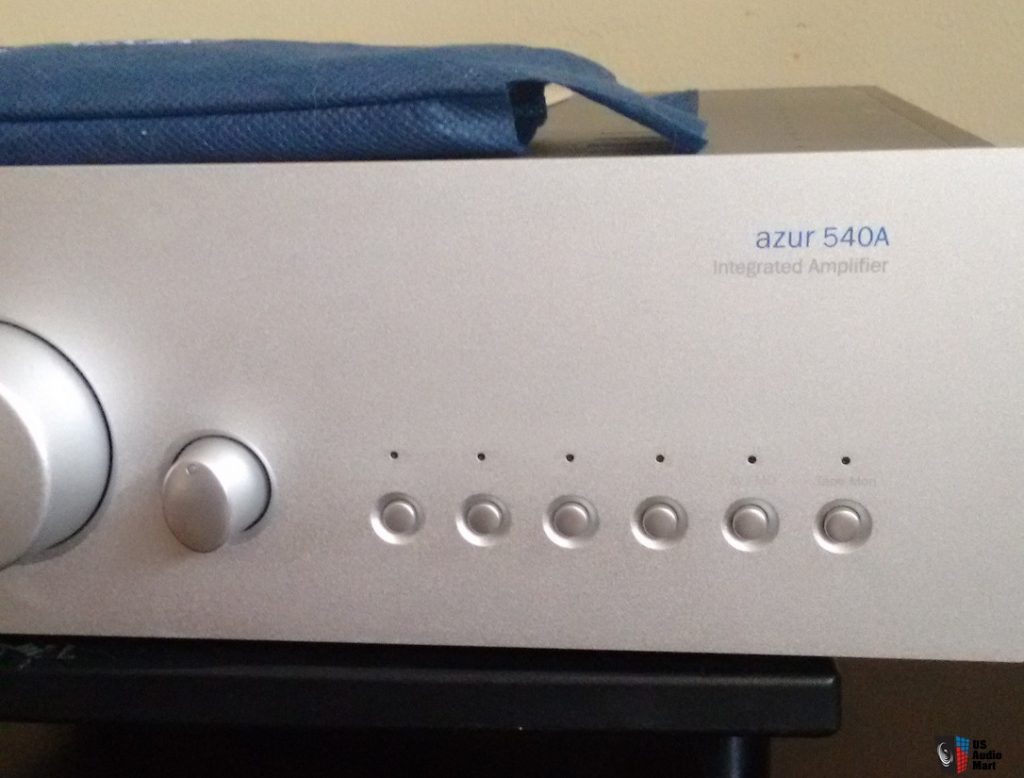(eventually) “Lock”-problems (coaxial/optical)-line on ES9038Q2M-boards..
so folks 😉 ,
as slighty feared, i´ve got a new hdmi-switch with an audio-extractor-function (also for DSD) (19€/Aliexpress)->
but got “massive” lock-problems, means its “stuttering” over the coaxial and optical line on our ES9038Q2M-boards (the “lock”-LED is constantly “working/blinking”); no constantly bitstream..(had it also often, when the soldering on pi-boards/es9038q2m i2s-line was not so optimal)..
checked the coax-cable, used toslink too: same problem..
thought first the switch couldnt deliver a constantly bitstream but connected it then to our mini-dac (Ünnlink 192Khz Digital to Analog Audio Converter (http://essabre-90xx-rpi.sfb2.com/?p=2384)) and voilá, no stuttering/problems anymore..
okay, but i had not such lock-problems with my Sony CD-changer, nor Blurayplayer, nor Telekom-Mediareceiver over coax/toslink..
so it seems its only on some audio-devices (spdif transmitter/receiver-chips problems/incompatible) and as we had it here in discussion a thousand times (->”.. and as we know „our“ early chinese ES9038Q2M-boards had not such a good „coax/toslink/spdif-line“ (the first onboard spdif-receiver-chips were not soo good (hashtag #SRC4192/AK4113/4118) ->http://essabre-90xx-rpi.sfb2.com/?p=2211 ->“..First, on the new, blue SMPCB they use some „DS9281“ for „better coaxial conversion, less jitter, less „lock“-„problems, „better coaxial line..“),
i/we have to make/find a workaround and for this i´ve found this little nice gem->
“AK4113 Digital Receiver Board + LCD1602 Screen SPDIF Optical/Coaxia
has a lot of other advantages too !! first, we got finally our “digital format/sampling frequency/digits”-display !! got besides the 2 spdif-lines also an I2S-in (will be passed through) to whom we can connect for example another hdmi-extractor (link/description at the bottom) and can easily switch between the input-channels via some simple button switch and have in any case some beautiful digital-format/sample-rate display !!
by that it uses the AK4113 which should result in less jitter etc. too..
so, great (i´m waiting for it now) and yet to the last point today, these “Digital Interface Board HDMI / MHL to I2S / Coaxial / Optical”-device;->
had it mentioned in some articles before and because its above the 26€ duty-edge, i thought to buy it from https://audiophonics.fr/en -> https://www.audiophonics.fr/en/diy-interfaces/digital-interface-board-hdmi-mhl-to-i2s-coaxial-optical-p-15388.html ;
it cost “double the price” (same device) 50€, but its in the EU; faster shipping times + no duty problems..(and there are a lot (all) other nice things u need to have (i2s-cable,XH 2.54mm Male Socket 5 Channels connector, toroidal-transformer, cases, all u wish)
greets for now + more to come !! 😉
